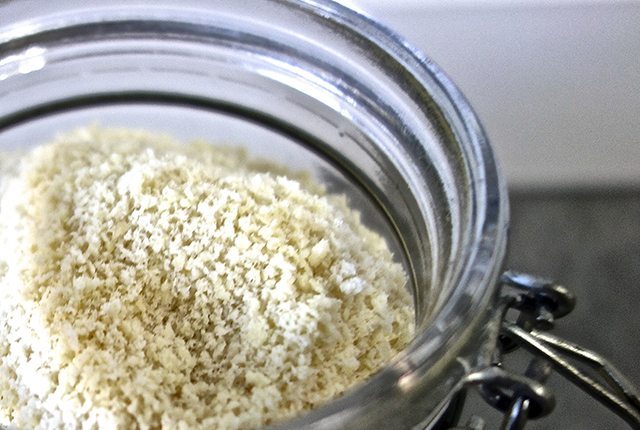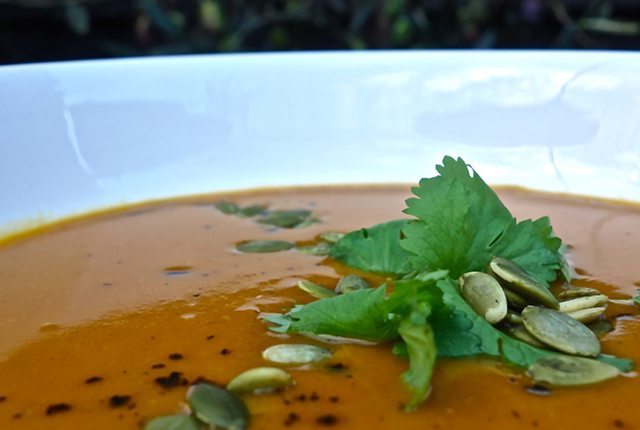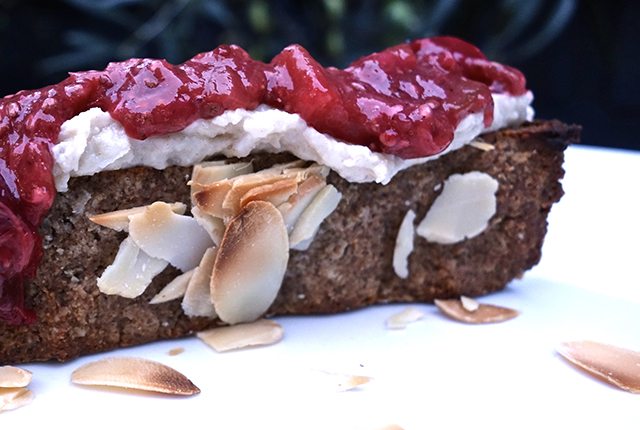

What is it?
Do you like almonds? Do you like to eat meals? Well my friend have I got a treat for you! Almond meal, or almond flour is is basically ground up almonds. It’s naturally gluten free so it is great alternative to normal flour. There is two kinds of almond meal, blanched and non blanched. Both are great but it depends what you need it for. Using almond meal in baking and raw treats instead of flour provides a great dense texture and is both filling and satiating.
Why is it good for me?
Almonds are full of B1, B3 and biotin which are all apart of the B-complex vitamin group. These vitamins are great for supporting the adrenals, skin and digestion. They are also full of protein and good fats – yay! Unblanched almond meal is slightly more nutritious than blanched as the skin contains a lot of nutrients. Almonds are best consumed raw because heating can destroy the nutrients, however they are still a good substitute in baked goods.
Where to get it from:
As with all nuts, the fresher they are they better they taste and the most nutrients they have, so I would recommend getting them from a speciality nut shop or from the farmers markets. However, they can be found at supermarkets in the nut or baking section or in bulk bin area as well.
What to look for:
As mentioned, nuts should be as fresh as possible. Without meaning to sound rude, stale nuts do not have as much flavour as fresh ones. Further, grinding them speeds up the oxidation process so fresh is best all round. Ideally, you want as little processing as possible. Unblanched almond meal should be raw and with no added salt or preservatives. Blanched almond meal should be light in colour – any yellowness is not ideal.
How to make it yourself:
If you are having trouble finding it in stores or prefer to for cost reasons, almond meal is super easy to make.
- To make unblanched almond meal, take whole almonds and place in a blender. Blend until a flour like consistency is achieved.
- For blanched almond meal, get whole almonds that have had their skin removed, or de-skin them yourself. Process in a blender until a flour like consistency is achieved.
How to store:
In the cupboard or fridge out of direct sunlight
How to use:
As blanched almond meal has no skin and is generally finer than non-blanched, it is lighter in colour, fluffier in texture and works well in baking things like scones or breads.
Unblanched almond meal is great for sprinkling over fruit and yoghurt, as well as making raw treats. Because it has the skin, it sets differently to blanched almond meal in raw baking. The texture is generally courser which makes it a great option for thick smoothies, raw cakes and so on. Unblanched almond meal can become a bit bitter when baking
You can really use either type in any situation, I suggest doing some tasty experiments to work out your own personal preference.
You can find delicious recipes with almonds and almond meal here.



